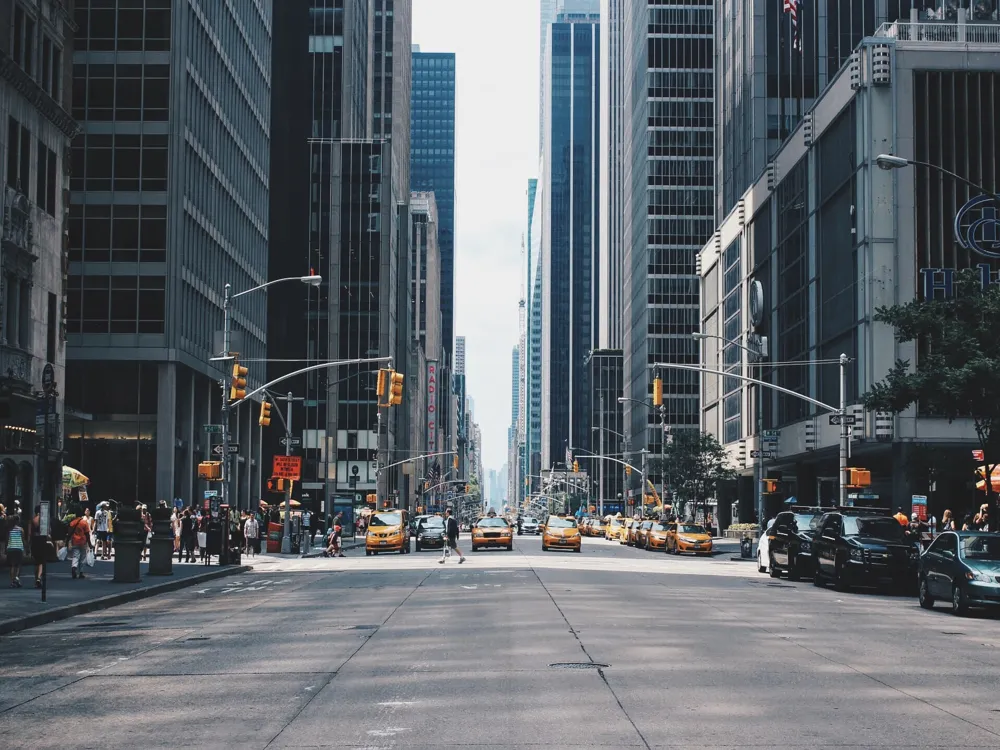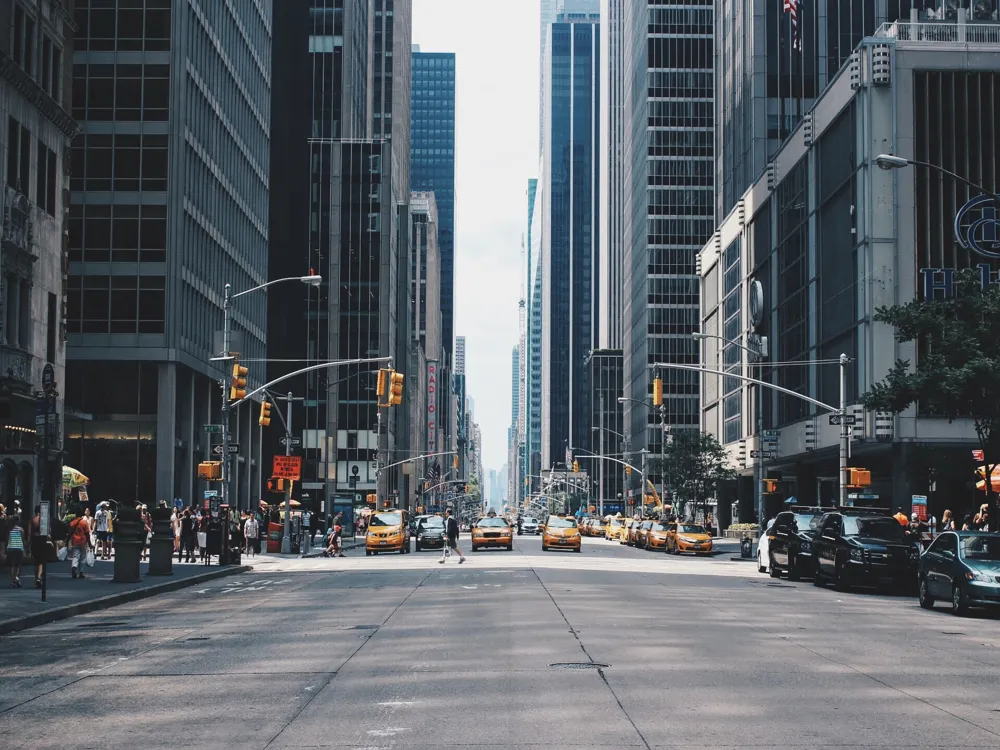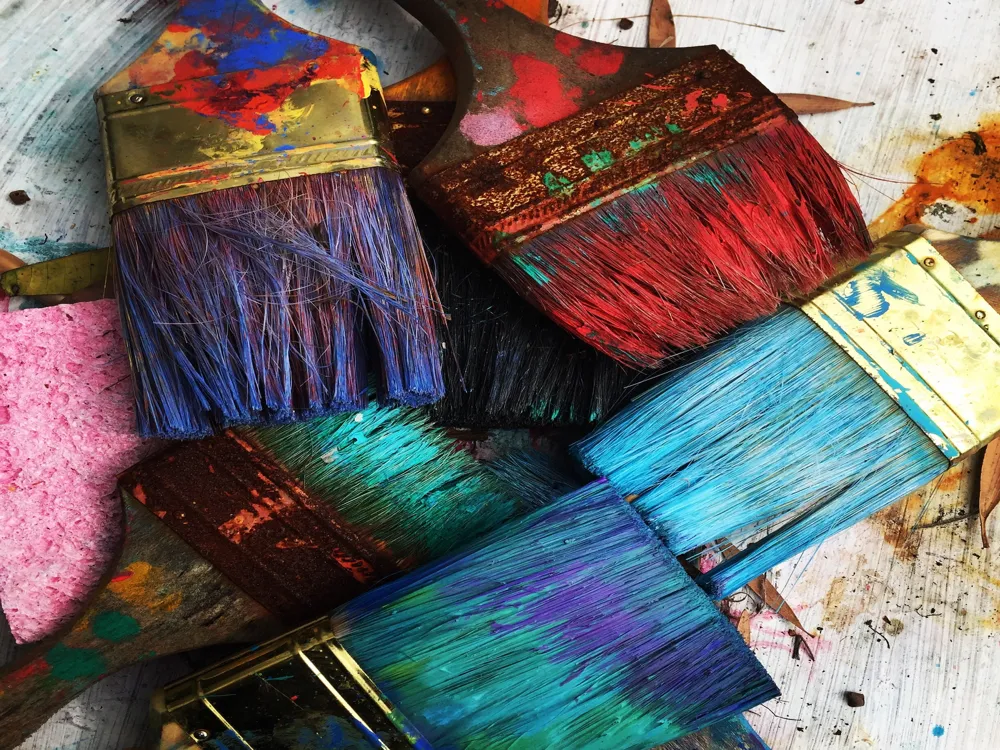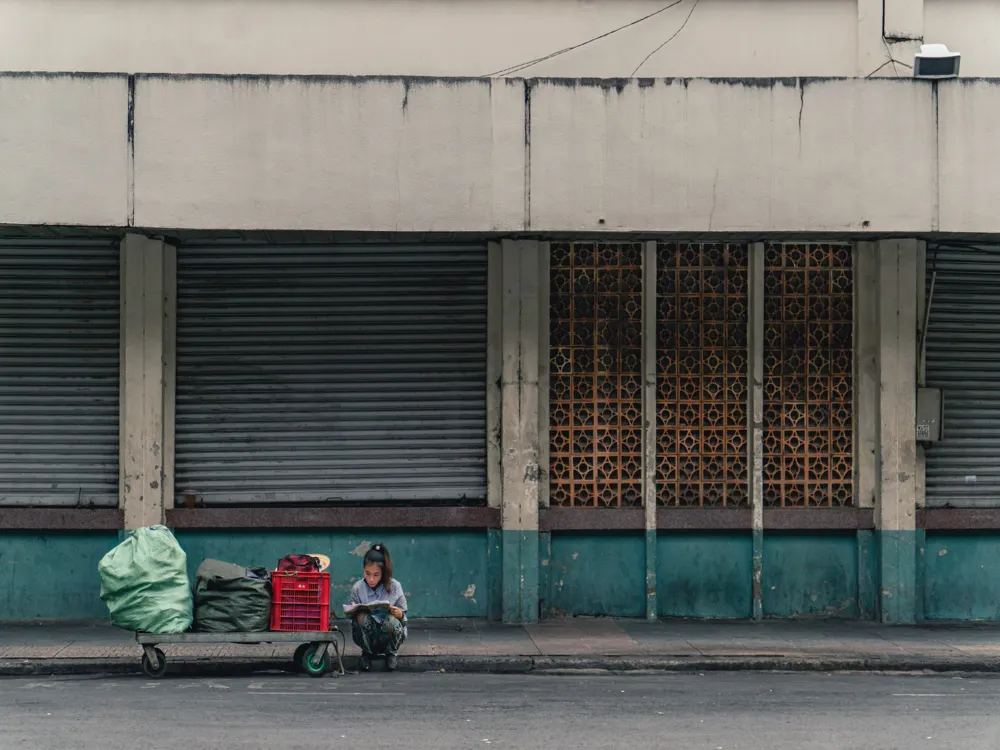The Saigon Opera House, a magnificent architectural masterpiece, stands proudly in the heart of Ho Chi Minh City, formerly known as Saigon. This historic building, also known as the Municipal Theater, has been a symbol of the city's cultural richness since its inception in the late 19th century. The Opera House's significance transcends its function as a venue for performing arts; it represents a fusion of cultural, historical, and architectural values, making it a must-visit destination for both tourists and locals alike. Constructed during the French colonial era, the Opera House is a testament to the influence of Western architecture in Southeast Asia. Its design, inspired by the famous Opera Garnier in Paris, features a flamboyant style typical of the French Third Republic. The facade is adorned with intricate sculptures and ornamental details that captivate the eyes of beholders. With a capacity of around 500 seats, the Opera House has been the stage for numerous significant cultural events and performances, ranging from operas and ballets to musical concerts and traditional Vietnamese plays. The history of the Saigon Opera House is as fascinating as its architecture. Throughout its existence, it has witnessed many changes, reflecting the tumultuous history of Vietnam. Initially serving the cultural needs of the French colonial elite, it later became a symbol of national pride and cultural renaissance for the Vietnamese people. The building has undergone several renovations, each time adapting to the changing needs and tastes of its audience while preserving its historical essence. Today, the Saigon Opera House stands not only as a venue for entertainment but also as a testament to the resilience and artistic spirit of Ho Chi Minh City. It continues to enchant visitors with its grandeur and serves as a beacon of inspiration for artists and architects worldwide. Its blend of historical significance and contemporary relevance makes it a unique landmark in the city's urban landscape. The architecture of the Saigon Opera House is a magnificent representation of French colonial influence in Vietnam, distinguished by its elegant design and historical significance. Designed by the famous architect Eugene Ferret in 1897, the Opera House is an exemplary model of the French Beaux-Arts style, which emphasizes symmetry, rich detailing, and grandeur. The building's facade, with its stately columns, intricate friezes, and ornate balustrades, reflects the opulence and sophistication of the era. The exterior of the Opera House is adorned with a plethora of sculptural details, including floral motifs, allegorical figures, and elaborate cornices, which collectively contribute to its stunning visual appeal. The front facade is especially notable for its majestic entrance, flanked by two imposing statues that symbolize the arts. The roof, characterized by its distinctive mansard style, adds to the building's grandiosity and is a key element of its architectural identity. Inside, the Saigon Opera House is equally impressive. The auditorium is designed in a horseshoe shape, a typical feature of traditional European opera houses, which enhances the acoustic quality and provides an intimate setting for performances. The interior is a lavish display of decorative arts, with plush red velvet seating, gilded ornaments, and an elaborately painted ceiling that depicts scenes from Vietnamese folklore and history. The Opera House's stage is equipped with advanced sound and lighting systems, blending its historical architecture with modern technology. This fusion not only enhances the performance experience but also demonstrates the building's adaptability to contemporary artistic demands. The use of materials, such as imported tiles and wood, and the incorporation of local elements in the design, signify the cross-cultural exchange that the Opera House embodies. The Saigon Opera House's architectural brilliance lies not only in its aesthetic qualities but also in its symbolic representation of cultural fusion and historical resilience. It stands as a proud reminder of Ho Chi Minh City's colonial past while simultaneously celebrating its present-day cultural vibrancy. Adhering to a smart casual dress code is recommended when attending a performance at the Saigon Opera House. While formal attire is not mandatory, visitors are encouraged to dress respectfully to maintain the venue's prestigious atmosphere. It is advisable to book tickets in advance, especially for popular shows, as the Opera House is a sought-after venue. Tickets can be purchased online or at the box office, but online booking often provides more convenience and accessibility. While photography of the exterior is generally allowed, taking photos inside the Opera House, especially during performances, may be restricted. Visitors should check the house rules or ask permission from the staff before taking photographs. Arriving at least 30 minutes before the performance starts is recommended. This allows time for seating and absorbing the ambiance of the historic venue. Many performances at the Opera House are in Vietnamese or French, with occasional English subtitles or translations. Non-Vietnamese speakers should consider this when booking tickets for a performance. The Saigon Opera House is centrally located in District 1 of Ho Chi Minh City, making it easily accessible by various means of transportation. For visitors staying in the city center, walking is often the best option as it allows them to enjoy the vibrant streets of Ho Chi Minh City. For those staying farther away, taxis and rideshare services are readily available and offer a convenient way to reach the Opera House. Additionally, local buses serve the area around the Opera House, providing an affordable option for getting there. Visitors should be mindful of traffic conditions, especially during peak hours, as Ho Chi Minh City is known for its bustling streets. Read MoreOverview of Saigon Opera House in Ho Chi Minh City
Architecture of Saigon Opera House
Tips When Visiting Saigon Opera House
Dress Code
Booking Tickets
Photography Restrictions
Arrival Time
Language Considerations
How to Reach Saigon Opera House
Saigon Opera House
Ho Chi Minh City
₹ 17,501 onwards
View ho-chi-minh-city Packages
Ho-chi-minh-city Travel Packages
View All Packages For Ho-chi-minh-city
Top Hotel Collections for Ho-chi-minh-city

Private Pool

Luxury Hotels

5-Star Hotels

Pet Friendly
Top Hotels Near Ho-chi-minh-city
Other Top Ranking Places In Ho-chi-minh-city
View All Places To Visit In ho-chi-minh-city
View ho-chi-minh-city Packages
Ho-chi-minh-city Travel Packages
View All Packages For Ho-chi-minh-city
Top Hotel Collections for Ho-chi-minh-city

Private Pool

Luxury Hotels

5-Star Hotels

Pet Friendly






















